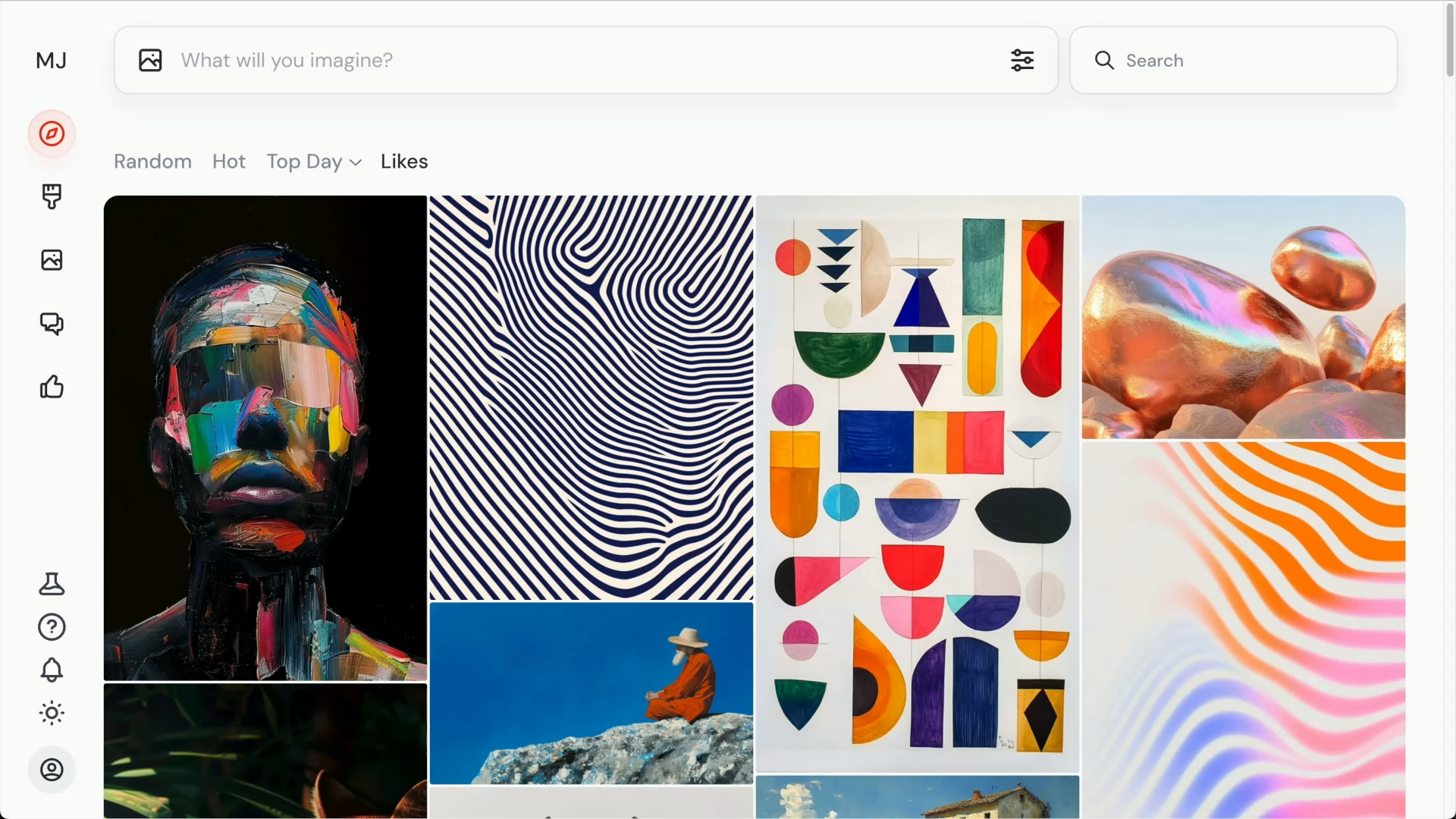Midjourney ends discord over Discord requirements for AI image generation
Is Midjourney sweating the exploding numbers of rivals?

Have you always wanted to try out Midjourney’s AI image creator but didn’t want to make a Discord account? Now you don’t have to, as Midjourney now lets you make up to 25 images for free, as announced by CEO David Holz on, naturally, Discord.
Until now, anyone wanting to use Midjourney’s AI model to create images, even without a subscription, had to go to its Discord server and submit a text prompt using a specific format unique to Midjoruney. While this approach undoubtedly attracted a dedicated following, it also presented barriers for those unfamiliar with Discord or the complex prompt system.
You can now go to Midjourney’s website (which only launched last year) and make your images there. The site was initially restricted to users who had already generated 10,000 images via Discord, effectively limiting its reach to a select group of power users. Of course, you still need to sign up to use Midjourney, but if you don’t want to use Discord, you can sign in with a Google account instead.
Once you are logged in, users can explore a variety of images created by others through the ‘Explore’ tab, offering inspiration and ideas for their creations. In the ‘Create’ menu, users input text prompts to generate images. Midjourney’s AI then produces four images based on the prompt, each with the option to refine further. Users can adjust the images by selecting “Strong” or “Subtle” to tweak the tone and focus, offering a degree of customization likely to appeal to those who don’t like sticking to the first choice. Once you’ve used up your 25 images, however, you need a subscription (or possibly a new Google account).
We are excited to announce the launch of Black Forest Labs. Our mission is to develop and advance state-of-the-art generative deep learning models for media and to push the boundaries of creativity, efficiency and diversity. pic.twitter.com/ilcWvJgmsXAugust 1, 2024
Midjourney Races On
Midjourney’s becoming more accessible is likely a reflection of how AI image generators, as a whole, are easier to find and use. While Midjourney’s high-quality images made it stand out for a long time, its rivals are catching up or even outpacing it, depending on who you ask. As AI images become more common in advertising, marketing, design, and other industries, Midjourney likely doesn’t want to be left out simply because some don’t want to sign up for Discord.
It’s similar to how OpenAI’s DALL-E is now easily accessible on ChatGPT to free users, and even the best model has limited free use. The same goes for X with the Grok AI chatbot and its use of the Flux model. Add in stand-alone services like Ideogram, and it’s no wonder Midjourney wants to be seen as easier to find and use, lest its business slow even before its titular midpoint.
You might also like
- Google Gemini will soon let you edit those AI-generated images to fix the 3-eyed dogs and impossible buildings
- AMD's new AI image generator for Windows will make images right on your PC – forget the cloud
- I tried Google's text-to-image AI, and I was shocked by the results
Get daily insight, inspiration and deals in your inbox
Sign up for breaking news, reviews, opinion, top tech deals, and more.

Eric Hal Schwartz is a freelance writer for TechRadar with more than 15 years of experience covering the intersection of the world and technology. For the last five years, he served as head writer for Voicebot.ai and was on the leading edge of reporting on generative AI and large language models. He's since become an expert on the products of generative AI models, such as OpenAI’s ChatGPT, Anthropic’s Claude, Google Gemini, and every other synthetic media tool. His experience runs the gamut of media, including print, digital, broadcast, and live events. Now, he's continuing to tell the stories people want and need to hear about the rapidly evolving AI space and its impact on their lives. Eric is based in New York City.